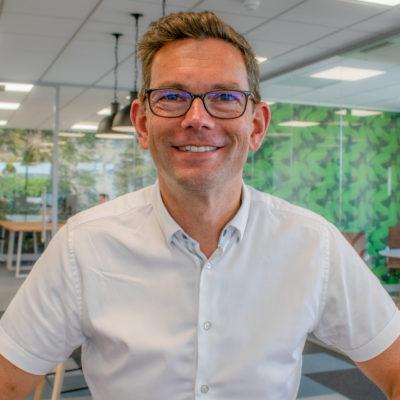Healthcare Engagement Strategy Awards 2010
Award: Best Hospital or Clinic
Winner: Mayo Clinic
Treating more than half a million patients a year from its clinics across the US, you might expect Mayo Clinic to know something about patient needs. What impressed us especially about Mayo Clinic’s healthcare engagement is that it has gone far beyond the natural reach of its physical clinic locations to improve healthcare for patients all around the world.
Mayo Clinic takes a proactive approach to engaging patients on healthcare issues that matter to them. Examples of engagement across a mix of integrated channels include shows on Mayo Radio, a radio show streamed online, where people can tweet in questions that are answered on air.
I asked Lee Aase, Mayo Clinic’s Manager for Syndication & Social Media, about this innovative channel for two-way engagement. He explained how the Clinic’s engagement has evolved step by step, building on the availability of expert content:
“It is really helpful when you have some of world’s leading experts on a particular condition. If you can have them talk for 10 or 20 minutes on a topic, that is highly valuable to patients or their families who are looking for the kind of in-depth information that previously was not possible to get.”
Making this kind of content available as podcasts provides a resource that goes far further in reach than the Mayo Clinic would have before. This is especially effective in engaging patients about rare diseases. Mayo gives an example of a podcast about Postural Orthostatic Tachycardia Syndrome (known as ‘POTS’) – a condition primarily affecting teenage girls, which is often misdiagnosed as stress by doctors outside the Mayo Clinic. Since the podcast was published, it has been heard 20,000 times and Mayo Clinic has received letters from people who have visited from all around the US, after listening to the podcast and finally finding somebody who recognises and will treat their condition.
Lee explained that patient engagement has moved from short-form audio content used for radio broadcasts to longer, podcast content. In the last 8 months, the Clinic has launched an online radio show, Mayo Clinic Medical Edge Weekend, combining specialists talking on radio with input from patients via email and Twitter. Lee said that this approach simply builds on something that started 20 years ago as a call-in show, but the Internet platform now allows engagement with patients anywhere. Planned show topics are announced via a blog, and questions are submitted by patients from all around the world via Twitter. The radio show then goes out online, again available to an international audience.
Expert content is used extensively to support other online engagement channels too. Specialist therapeutic area blogs, such as the Clinic’s stress management blog which is packed with content from Mayo Clinic’s oncologists, are open to – and receive – comments from readers.
And the Clinic does not only engage through its own platforms. Mayo Clinic’s facebook page, with over 11,000 fans, is full of comments from, and dialogue with, facebook users.
Lee also told me about Mayo Clinic’s use of social media internally, where employees are engaged on how to apply the Clinic’s strategic themes to their role and work, and where collaboration amongst the extensive team of specialists allows teams to be created around patient needs.
And if you wonder whether Mayo Clinic might just rest on its laurels for a moment, forget it. Lee told me of a current pilot aimed at improving the outcomes for patients from their first visit to a specialist. He said that physicians had found that they often spend a lot of time with patients on their first visit going over the same information. In the pilot, video content is used to provide information to dental patients before their first visit, so that more specialist care can be achieved on that first visit. This pilot is ongoing and Mayo Clinic will be assessing how this helps patient and provider satisfaction.
Lee’s advice for others setting out to engage more effectively using emerging channels is to develop a personal familiarity with social media before applying it in the workplace. He encourages taking the time to understand the ways of social media “so that you don’t end up with faux-pas that would be embarrassing to your organization and hinder adoption.”
Lee also points out the value of training your subject matter experts to engage effectively, and empowering them to do so. It is surely this combination of social media experience and expert subject knowledge that has made Mayo Clinic so successful at engaging patients in an educational, relevant way. And it is this approach that earns Mayo Clinic the well deserved Healthcare Engagement Strategy Award 2010 for
Best Hospital or Clinic.
View all Healthcare Engagement Strategy Awards 2010 winners.
Apply the insights: you can learn how to apply the strategies, experiences, and outcomes of all the winners of the Healthcare Engagement Strategy Awards 2010 in our special international seminar roadshow in the USA & Europe. Find out more or reserve your place.
 By Daniel Ghinn
By Daniel Ghinn 

